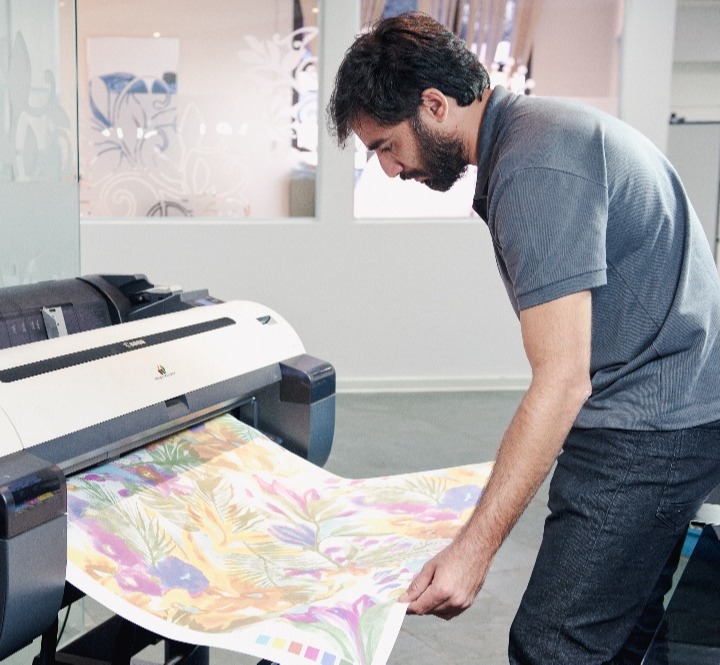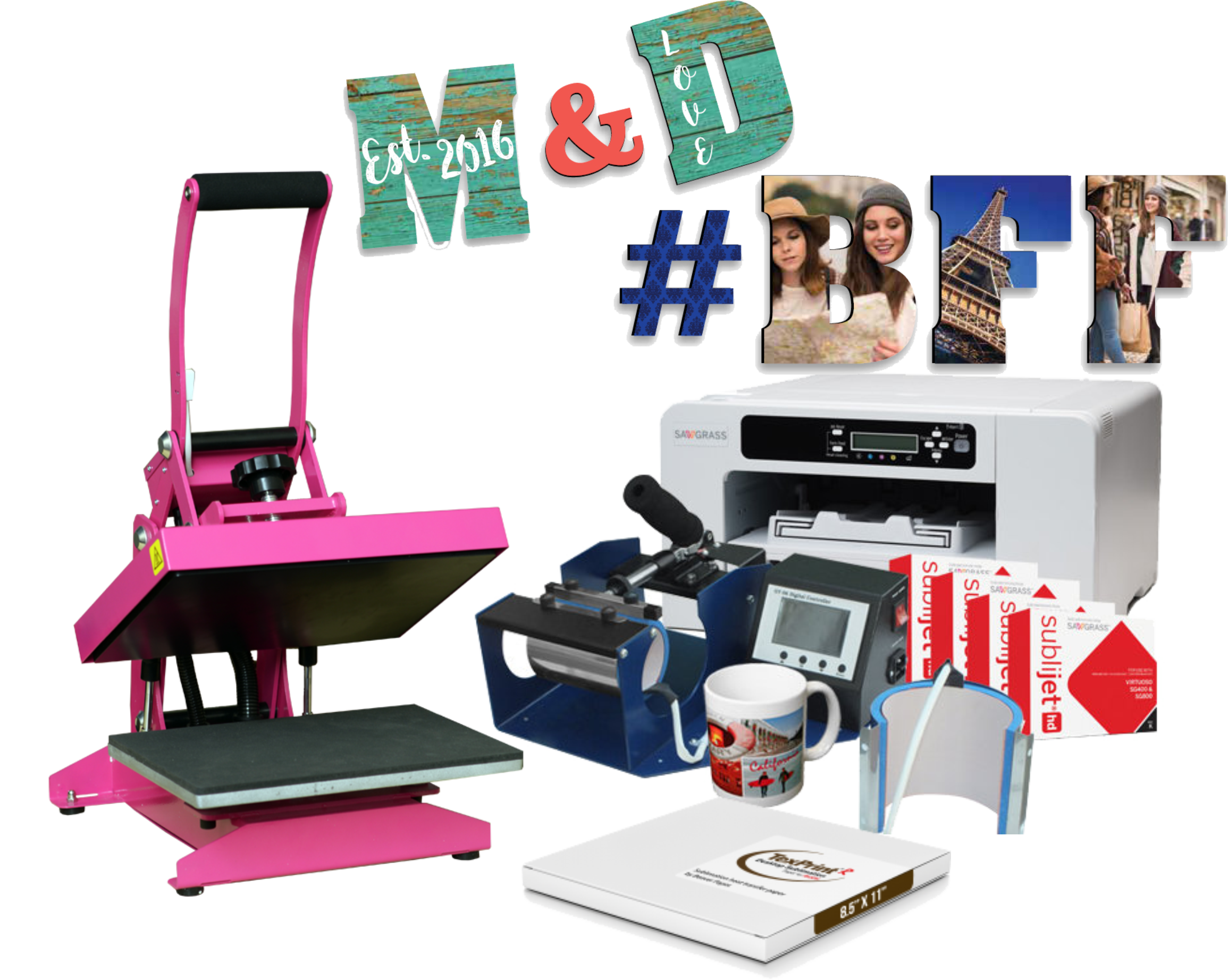From Standard to Digital: Recognizing the Development of Towel Printing
The improvement of fabric printing from standard approaches like block printing and resist dyeing to contemporary strategies such as screen and electronic printing notes a substantial shift in the textile market. Typical methods, steeped in artisanal workmanship and social significance, have gradually given means to electronic technologies that use extraordinary precision, efficiency, and customization. This transition not only enhances manufacturing capabilities but likewise straightens with growing demands for sustainable methods. Exactly how do these improvements impact the essence of fabric printing, and what might the future hold for this ever-evolving craft?
Traditional Towel Printing Approaches
In the early phases of textile manufacturing, conventional towel printing techniques served as the keystone of material layout, providing both capability and creative expression. Block printing, one of the earliest methods, included carving intricate designs right into wooden blocks, which were then dipped in color and pressed onto textile.
Withstand dyeing, consisting of methods like batik and tie-dye, used wax or other compounds to stop dye from passing through specific locations of the textile. This method produced striking contrasts and elaborate layouts, typically imbued with cultural relevance. Stenciling, an additional traditional technique, involved cutting patterns right into a material and applying color through the openings, using a less complex yet efficient means to create recurring designs.
These conventional approaches not just shaped the textile industry's early growth yet additionally laid the foundation for future innovations. Each method reflected the local and social qualities of its origin, preserving and disseminating artisanal understanding via generations.
The Rise of Screen Printing
The introduction of display printing in the early 20th century marked a considerable departure from traditional approaches, supplying extraordinary flexibility and efficiency. Screen printing made it possible for developers to produce detailed patterns and vivid colors on fabrics, which were formerly challenging to accomplish with block printing or hand-painting methods.
One of the vital advantages of display printing is its capability to duplicate complex layouts on a big range with remarkable fidelity. This scalability made it greatly popular in the commercial textile industry, where mass production without sacrificing quality is critical. In addition, display printing fits a broad variety of dyes and inks, increasing the combination of textures and surfaces available to designers.
Moreover, the process is extremely adaptable, ideal for various fabric kinds including cotton, silk, and synthetics. This versatility, incorporated with its cost-efficiency for large runs, solidified display printing's duty as a cornerstone of modern fabric manufacturing. Therefore, the surge of display printing transformed the market, pushing the boundaries of what was feasible in fabric style.

The Introduction of Digital Printing
Building on the remarkable developments brought by screen printing, the textile market experienced an additional groundbreaking growth with the development of electronic printing. Emerging in the late 20th century, electronic printing transformed the way layouts are moved onto materials, supplying extraordinary flexibility and effectiveness. Unlike conventional approaches, which typically needed considerable arrangement and considerable hand-operated treatment, electronic printing employs computer-aided layout (CAD) technology to produce detailed patterns straight onto the material with high precision.
This advancement has actually enabled fabric manufacturers to meet the expanding demand for personalization and on-demand production. By removing the demand for screens and plates, electronic printing reduces preparations and reduces product waste, making it an extra sustainable choice. The capacity to publish intricate pictures and a vast array of colors in a single pass this hyperlink has actually opened new imaginative methods for developers, fostering a rise in imaginative expression within the market.
Additionally, digital printing sustains smaller sized batch production runs, which is particularly beneficial for particular niche markets and startup fashion brands. This technical jump has not just improved functional effectiveness yet also democratized accessibility to top notch fabric printing, establishing the stage for future technologies in textile design and manufacturing.
Contrasting Strategies: Standard Vs. Digital
While both digital and conventional printing approaches have their own one-of-a-kind advantages, they differ significantly in regards to procedure, effectiveness, and ecological influence. Traditional fabric printing, including methods like block printing and screen printing, entails manual work and elaborate workmanship. These techniques are commemorated for their capability to generate rich structures and vivid shades, commonly leading to special, artisan-quality products. However, they are labor-intensive, lengthy, and often limited in terms of color selection and style intricacy.
On the other hand, electronic printing utilizes advanced innovation to move styles straight onto textile making use of inkjet printers. This method offers unmatched precision and a huge variety of shade choices, making it possible for highly in-depth and elaborate designs. Digital printing is considerably quicker, permitting quick turnarounds and just-in-time manufacturing, which reduces the requirement for huge inventory storage. Additionally, it supports modification and little batch production, catering to contemporary consumer demands for individualized products.
From an ecological perspective, electronic printing is normally more sustainable. It makes use of much less water and generates site here very little waste compared to conventional approaches, which commonly involve substantial cleaning and dyeing processes. As a result, digital printing is increasingly preferred in an age where environmental factors to consider are paramount.
Future Patterns in Fabric Printing
One considerable trend is the raised application of digital printing technologies. Digital fabric printing is anticipated to control the market, driven by its efficiency and versatility to consumer demands for personalized and limited-edition items. heat transfer vinyl printing.

In addition, the unification of wise textiles, which incorporate electronic elements right into materials, is readied to transform the market. These textiles can give additional functionalities such as temperature guideline, health and wellness surveillance, and interactive attributes. As modern technology remains to development, the crossway of electronic printing and clever textiles will open new opportunities for functional and creative applications in fabric printing.
Final Thought
The development of towel printing from standard approaches to digital advancements marks a substantial makeover in the textile industry. While conventional strategies highlight artisanal craftsmanship and social heritage, digital printing provides unrivaled precision, efficiency, and customization. This change not just improves manufacturing capacities yet likewise sustains sustainability initiatives. Future fads are likely to continue integrating advanced modern technologies, better redefining textile style and production procedures to fulfill ecological factors to consider and contemporary needs (heat transfer vinyl printing).
The improvement of cloth printing from conventional methods like block printing and resist coloring to contemporary methods such as screen and electronic printing notes a significant shift in the fabric industry. Display printing allowed designers to produce detailed patterns and vibrant shades on textiles, which were formerly testing to attain with block printing or hand-painting methods.
Structure on the impressive innovations brought by screen printing, the fabric sector experienced an additional groundbreaking advancement with the advent of electronic printing. sublimation printing. Standard fabric printing, including methods like block printing and screen printing, involves manual labor and detailed craftsmanship. As technology continues to advancement, the crossway of digital printing and clever fabrics will open up brand-new opportunities for practical and imaginative applications in fabric printing